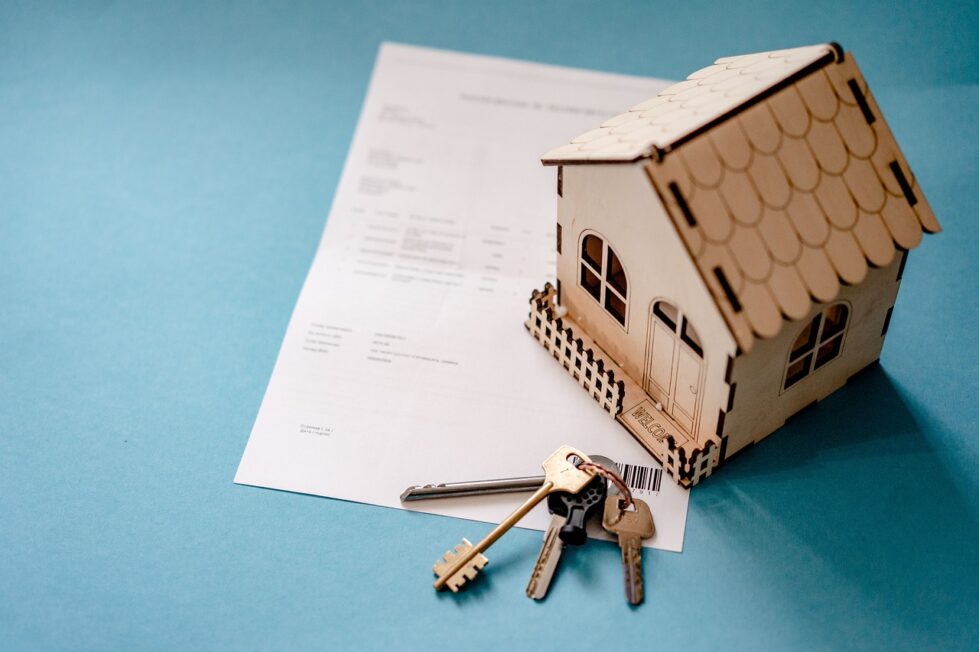- Most homeowners still have a mortgage rate far below today’s levels, which is prompting many to stay put.
- But this lock-in effect is starting to ease because Americans are growing accustomed to elevated rates, and for many, it’s not realistic to stay put forever. That’s boosting listings and easing the housing shortage.
Nationwide, 17.2% of U.S. homeowners with mortgages have an interest rate greater than or equal to 6%, the highest share since 2016. That’s up nearly five percentage points from 12.3% in the third quarter of 2023. If this growth rate were to continue, which is feasible, the share of homeowners with a rate of at least 6% would nearly double in the next three years.
This is according to a Redfin analysis of data from the Federal Housing Finance Agency’s National Mortgage Database through the third quarter of 2024, the most recent period for which data is available.
Meanwhile, 82.8% of homeowners with mortgages have an interest rate below 6%. That means even more have a rate below the current (Jan. 30) weekly average of 6.95%, prompting many to stay put instead of selling and buying another home at a higher rate—a phenomenon called the “lock-in effect.”
But this lock-in effect has been easing; in the third quarter of 2023, for example, 87.7% of mortgaged homeowners had a rate below 6%. And in mid-2022, the share sat at a record 92.7%.
America has been grappling with a severe housing shortage, in part because the lock-in effect has disincentivized people from putting their homes up for sale. Mortgage rates are now more than double the 2.65% record low hit during the pandemic. But for most people, it’s not realistic to stay put forever, which is why the lock-in effect is easing. This is slowly alleviating the housing shortage; new listings and active listings are both higher than they were a year ago. Though it’s worth noting that one reason supply is on the rise is that many homes are sitting on the market, so stale listings are piling up.
Redfin agents report that many people are moving because a major life event like a job change or divorce has given them no other choice. There are a few other reasons the lock-in effect is easing. One, many Americans are growing accustomed to the idea that rates are unlikely to fall to pandemic lows anytime soon. Two, the pandemic surge in home values means many homeowners have enough equity to justify selling and taking on a higher rate—especially if they’re downsizing or moving somewhere more affordable. And finally, a rising share of Americans are mortgage-free, which means they’re not locked into any rate at all.
Everyone who bought a home in the last two years did so at a time when the average weekly mortgage rate was above 6%, which is why the share of homeowners with rates below 6% has declined.
“The rate-lock effect is letting up a bit here in Seattle,” said local Redfin Premier real estate agent David Palmer. “Homeowners hate to give up their 2-3% mortgage rate, but life happens and people have to move.”
Here’s a breakdown of where today’s homeowners fall on the mortgage-rate spectrum:
- Below 6%: 82.8% of mortgaged U.S. homeowners have a rate below 6%, down from a record 92.7% in Q2 2022 and the lowest share since the Q4 2016.
- Below 5%: 73.3% have a rate below 5%, down from a record 85.6% in Q1 2022 and the lowest share since Q3 2017.
- Below 4%: 55.2% have a rate below 4%, down from a record 65.1% in Q1 2022 and the lowest share since Q4 2020.
- Below 3%: 21.3% have a rate below 3%, down from a record 24.6% in Q1 2022 and the lowest share since Q2 2021.
And another way to look at the data:
- Greater than or equal to 6%: 17.2% of mortgaged homeowners have a rate greater than or equal to 6%, the highest share since Q4 2016.
- 5%-5.99%: 9.5% have a rate of 5%-5.99%, the lowest share since Q4 2022.
- 4%-4.99%: 18.1% have a rate of 4%-4.99%, the lowest share in records dating back to 2013.
- 3%-3.99%: 33.9% have a rate of 3%-3.99%, the lowest share since Q4 2019.
- Below 3%: 21.3% have a rate below 3%, the lowest share since Q2 2021.
Click here to read our economists’ latest outlook for mortgage rates.
Methodology
This report is based on a Redfin analysis of data from the FHFA’s National Mortgage Database, which is a nationally representative 5% sample of all first-lien, closed-end purchased or refinanced residential mortgages in the U.S. The third quarter of 2024 is the most recent period for which data on outstanding mortgages is available. We assume each loan represents a homeowner with a mortgage, though some homeowners may have multiple loans.
While the prevailing mortgage rate for homebuyers often changes quickly, rates for existing homeowners don’t typically change significantly from quarter to quarter, as most buyers take out 30-year mortgages. Roughly 60% of U.S. homeowners have an outstanding mortgage.
Written by: Lily Katz

